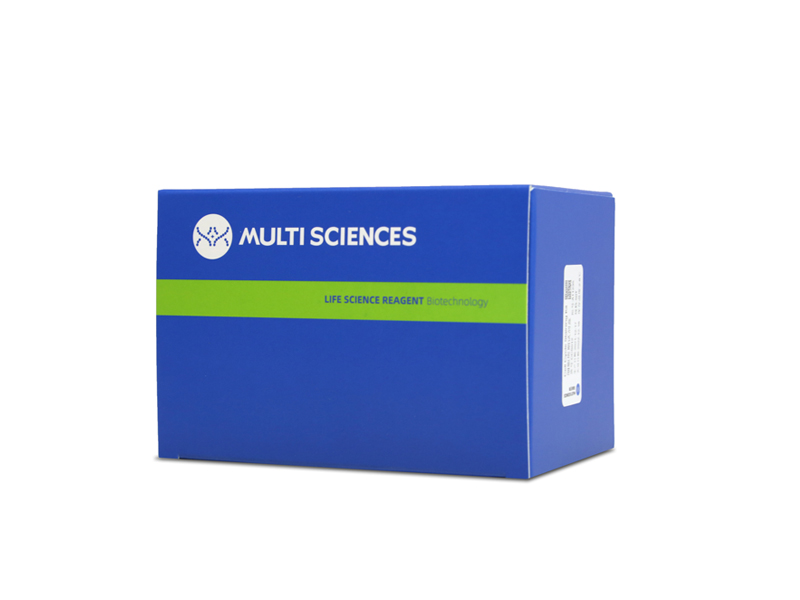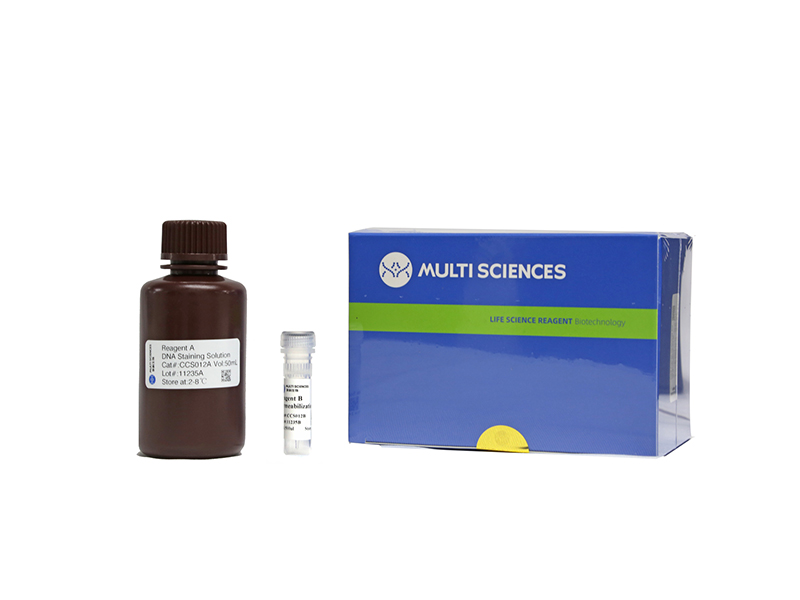Our previous study found that 2-aryl-1-cyano-1,2,3,4-tetrahydroisoquinolines (CATHIQs) have excellent anti-cancer activity and obvious apoptosis induction phenomenon. As our continuing research, this study further explored their underlying molecular mechanism of apoptosis induction in cancer cells. Flow cytometry analysis showed that the NB4 cells treated by 1-cyano-2-(2-fluorophenyl)-1,2,3,4-tetrahydroisoquinoline or the MKN-45 cells treated by 1-cyano-2-(4-trifluoromethylphenyl)-1,2,3,4-tetrahydroisoquinoline for 48?h were at early stage of apoptosis, and the cell cycle arrest was only slightly affected. Apoptosis rates of the cells significantly increase with the treatment concentration of the compounds. The compounds could significantly decrease the activities of SOD, raise the MDA level and promote the LDH leakage, suggesting that the excessive formation of ROS should be involved in the cell apoptosis. Western blot analysis showed that the compounds improved both Bax/Bcl-2 ratio and cleavages of procaspase-3, promoted efflux of cytochrome c to cytosol and phosphorylation of p38 and JNK, and attenuated phosphorylations of Akt and ERK. Together, inhibitions of PI3K/Akt and ERK and activation of p38 mediated the compounds-induced apoptosis through modulating the mitochondrial pathway and/or ROS production.
文章引用产品
-
-
- CCS012
- 周期试剂盒
Cell Cycle Staining Kit 细胞周期检测试剂盒
-
¥390.00
-
- CCS012
- 周期试剂盒
Cell Cycle Staining Kit 细胞周期检测试剂盒
- ¥390.00



